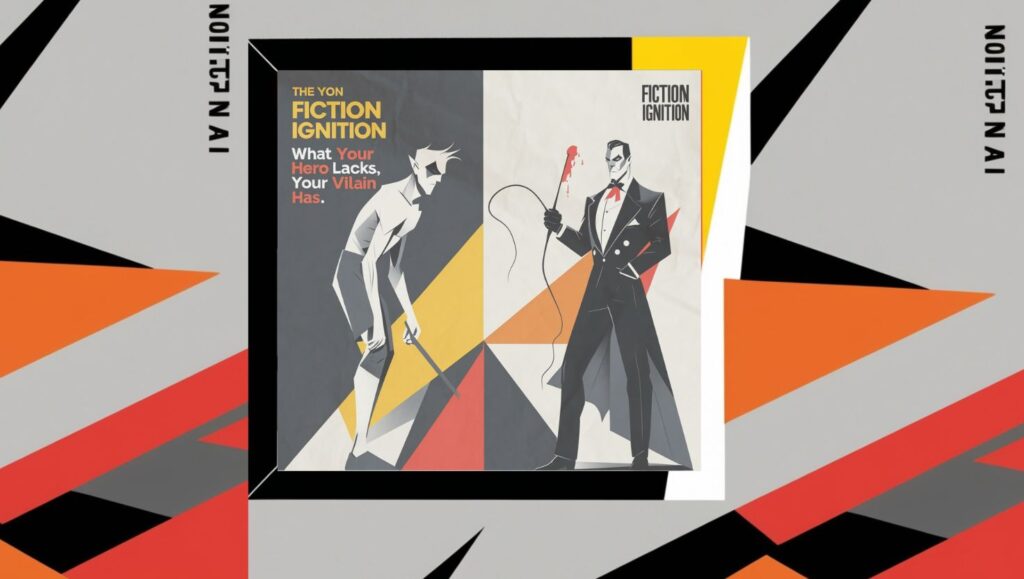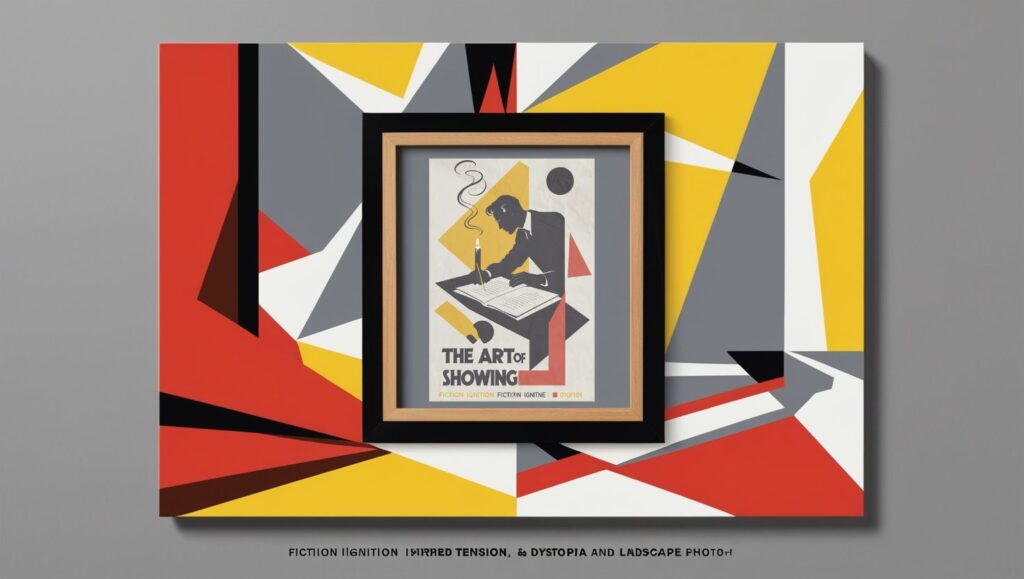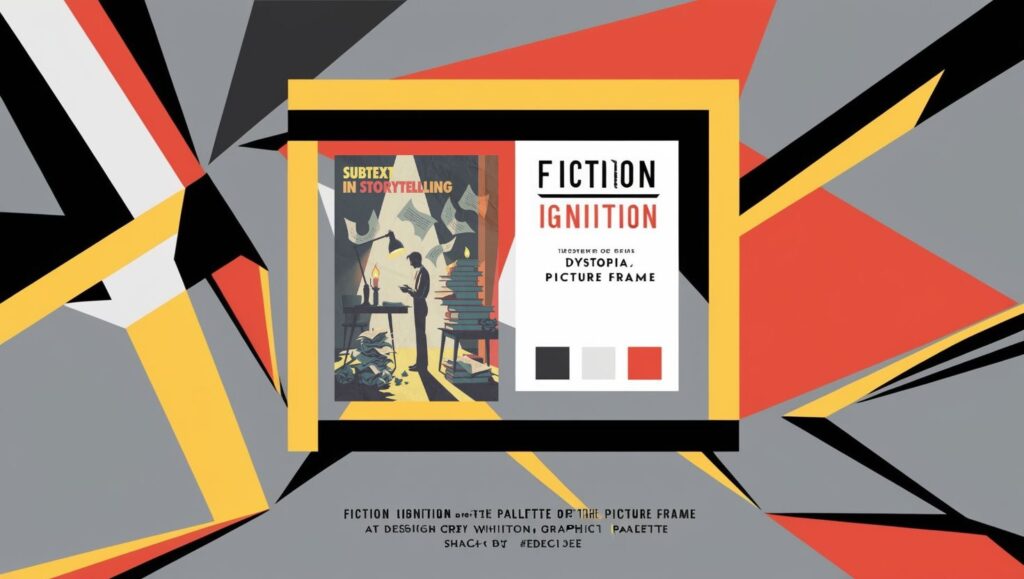Hello, Fiction Igniters! Ready to make your readers scream, shiver, and sleep with the lights on? Writing horror isn’t just about gore or jump scares—it’s an art form that gets under your skin, scratches your soul, and makes you question that shadow in the corner. Today, I’m diving headfirst into the cobwebbed world of scary stories to share some electrifying tips. Let’s craft the kind of tales that Stephen King would give a slow clap for!
1. Fear Starts with You
If you’re not freaked out while writing, your readers won’t be either. Dig deep into your own fears. Is it claustrophobia? Creepy dolls? That eerie feeling of being watched? Use it. When I was writing a short story about a haunted forest, I drew inspiration from an actual camping trip where I swore I heard whispers in the trees (no joke—it still gives me chills). Authenticity in fear is like seasoning—your readers can taste it.
Example: In Shirley Jackson’s The Haunting of Hill House, the tension builds from subtle psychological fears: is Eleanor losing her mind, or is the house truly alive?
2. Set the Mood, Baby!
Horror thrives on atmosphere. Think of it as building a soundtrack for your story, except you’re using words instead of music. Describe the sticky dampness of the cellar air, the flickering lightbulb that hums like it knows something you don’t, or the way the silence feels too loud.
Pro Tip: Slow down in key scenes. Don’t rush through the creepy hallway—let your readers hear the creak of every floorboard.
Example: Edgar Allan Poe’s The Tell-Tale Heart practically pulses with atmosphere. That relentless, beating heart? You feel it pounding in your chest.
3. The Unknown Is King
Never underestimate the power of mystery. Leave breadcrumbs, but don’t serve the entire loaf. Readers are terrified of what they can’t see or understand. It’s why Lovecraft’s monsters are so bone-chilling—he never fully describes them, leaving your imagination to do the heavy lifting.
When I was a kid, the movie Jaws gave me nightmares. And here’s the kicker: you barely see the shark for most of the film! That’s the magic of the unknown. Keep your audience guessing.
4. Flip Those Tropes Like Pancakes
Clichés can suck the life out of your story (pun intended). Yes, the abandoned asylum and creepy kids are classic, but what if you twist them into something unexpected?
Example: In Jordan Peele’s Get Out, he flips the script on traditional horror by mixing social commentary with psychological terror. Instead of a haunted house, you get a terrifyingly polite suburban nightmare.
Think of a trope you’ve seen a thousand times. Now… what’s the weirdest, wildest way you can reimagine it?
5. Characters You Care About
Want your readers to feel gut-punched when the monster attacks? Make them care about the people in your story. A cardboard cutout of a victim doesn’t cut it. Give your characters quirks, flaws, and dreams. Make them real.
When I wrote a horror screenplay a while back, I spent way too long fleshing out the protagonist’s backstory. But guess what? It paid off. The audience felt her terror because they knew her hopes, fears, and what she stood to lose.
Example: In The Shining, we’re invested in the Torrance family—which makes Jack’s descent into madness even more heart-wrenching.
6. Endings That Stick Like Spiderwebs
Horror endings are tricky. They need to satisfy but also linger, like that eerie feeling you get after turning off the last light. Maybe the monster isn’t really gone. Maybe the protagonist isn’t quite as safe as they think. Leave just enough unresolved to keep readers glancing over their shoulders.
Example: Hereditary ends with a chilling inevitability that stays with you long after the credits roll. It’s horrifying and perfect.
Bonus Tip: Practice Makes Perfect (or Terrifying!)
Write short horror stories to sharpen your skills. Post them online, enter contests, or share them with friends. Listen to feedback and don’t shy away from rewriting. Each story is a step closer to crafting your magnum opus of terror.
Alright, my wordsmith warriors, it’s time to grab your pens, face your fears, and ignite those terrifying tales. Remember, the world needs your horror stories—who else is going to keep us awake at night?
Until next time: don’t write, ignite!









